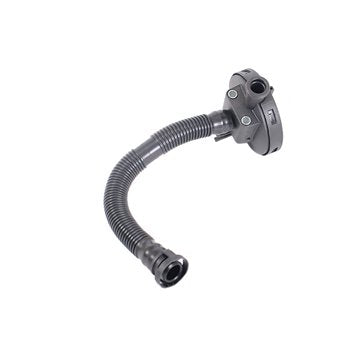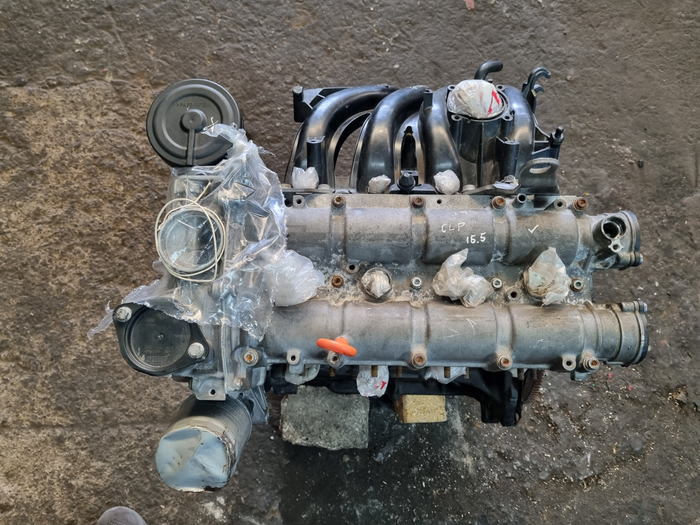Boost fuel efficiency with a top-tier clp engine.
Boost fuel efficiency with a top-tier clp engine.
Blog Article
Just How a Clp Engine Can Boost Effectiveness in Various Industries
The arrival of CLP engines marks a considerable shift in functional effectiveness throughout numerous markets, driven by their capacity to enhance gas consumption and lessen downtime. As organizations progressively prioritize sustainability along with performance, the role of CLP engines ends up being also more critical.
Review of CLP Engines
CLP engines, or Continual Liquid Propellant engines, stand for a significant improvement in propulsion modern technology, particularly for area applications. These engines utilize a continual feed system that enables the continual expulsion of propellant, bring about boosted effectiveness and efficiency compared to traditional solid or hybrid propulsion systems. By keeping a constant circulation of fluid propellant, CLP engines can achieve more accurate drive control, which is vital for steering spacecraft in various objective situations.
The style of CLP engines integrates advanced products and ingenious fuel administration systems. clp engine. This leads to reduced weight and boosted reliability, essential factors for long-duration area objectives. The constant procedure decreases the danger of burning instability, a common obstacle in traditional rocket engines.

Benefits in Production
The production of Continual Fluid Propellant (CLP) engines presents a number of noteworthy advantages that boost both effectiveness and cost-effectiveness. One of the primary benefits is the structured production process, which lowers the complexity connected with standard propulsion systems. By using fluid propellant, manufacturers can achieve higher precision in engine performance, leading to maximized energy output and lowered waste.
Furthermore, CLP engines promote a higher level of modularity, permitting easier integration right into numerous manufacturing lines. This versatility can significantly lower lead times and enhance general functional adaptability. The usage of CLP modern technology additionally often tends to lessen the requirement for substantial upkeep due to fewer moving parts, which translates right into decreased downtime and functional costs.

Applications in Logistics
Leveraging Constant Fluid Propellant (CLP) engines in logistics provides substantial advantages in functional performance and dependability. These engines supply a durable option for different transportation needs, enabling the seamless movement of goods across vast ranges. The integral style of CLP engines enables for constant power output, which translates right into smoother and a lot more foreseeable transport timetables.
One of the essential applications of CLP engines in logistics is in sturdy products you could try this out transport, where from this source they can drive both ground and aerial lorries. Their capability to preserve high efficiency under varying lots problems makes sure that delivery timelines are fulfilled, therefore improving customer satisfaction. In addition, CLP engines can be integrated right into automated logistics systems, promoting real-time monitoring and optimizing course planning.
Moreover, the resilience of CLP engines reduces upkeep downtime, allowing logistics firms to maximize their operational capacities. This is especially advantageous in warehousing procedures, where efficiency in taking care of and delivering goods is important. As logistics continues to advance, the integration of CLP engines stands for a forward-thinking approach that not just improves performance yet likewise sustains the industry's expanding needs for dependability and rate.
Effect On Energy Effectiveness
Just How do Continuous Liquid Propellant (CLP) engines boost energy effectiveness in transport? CLP engines utilize a constant circulation of liquid gas, optimizing combustion procedures and keeping a stable thrust result. This layout reduces power losses connected with conventional combustion engines, where gas delivery can vary and result in inadequacies.
The continual operation of CLP engines enables a much more effective thermal cycle, causing higher particular impulse contrasted to traditional engines. clp engine. This converts to reduced fuel consumption for the same amount of work done, dramatically lowering operational expenses across numerous transport fields, consisting of aviation and maritime markets
Additionally, the capacity of CLP engines to keep optimum efficiency under differing lots problems lowers the demand for constant velocity and deceleration, further enhancing fuel efficiency. Boosted power performance not just adds to cost savings but also results in lower greenhouse gas emissions, aligning with international sustainability objectives.
Future Trends and Innovations
Arising innovations in Continual Liquid Propellant (CLP) engine innovation guarantee to revolutionize the landscape of transport performance and sustainability. As markets pivot toward greener alternatives, CLP engines stand at the center, incorporating you can look here ingenious materials and layout approaches that enhance efficiency while decreasing environmental impact.
Among one of the most promising trends is the fostering of hybrid systems that combine CLP engines with renewable resource resources. This synergy can maximize fuel intake and minimize emissions, straightening with worldwide sustainability goals. In addition, improvements in computational liquid dynamics (CFD) are helping with the layout of even more aerodynamically efficient engines, bring about minimized drag and improved gas efficiency.
Moreover, the development of wise surveillance systems is set to enhance functional efficiencies. These systems utilize data analytics and IoT innovation to maximize engine performance in real-time, guaranteeing that the engines run within their most efficient specifications.
As study continues to check out different propellant formulations-- such as biofuels and synthetic gas-- the future of CLP engines looks encouraging. By harnessing these advancements, sectors can not only improve their effectiveness yet also contribute significantly to a cleaner, extra sustainable future in transport.
Conclusion
In conclusion, CLP engines represent a substantial advancement in performance throughout several markets. The combination of advanced materials and less relocating parts minimizes upkeep requirements, while positioning with sustainability objectives positions CLP engines as a critical modern technology for the future.
Report this page